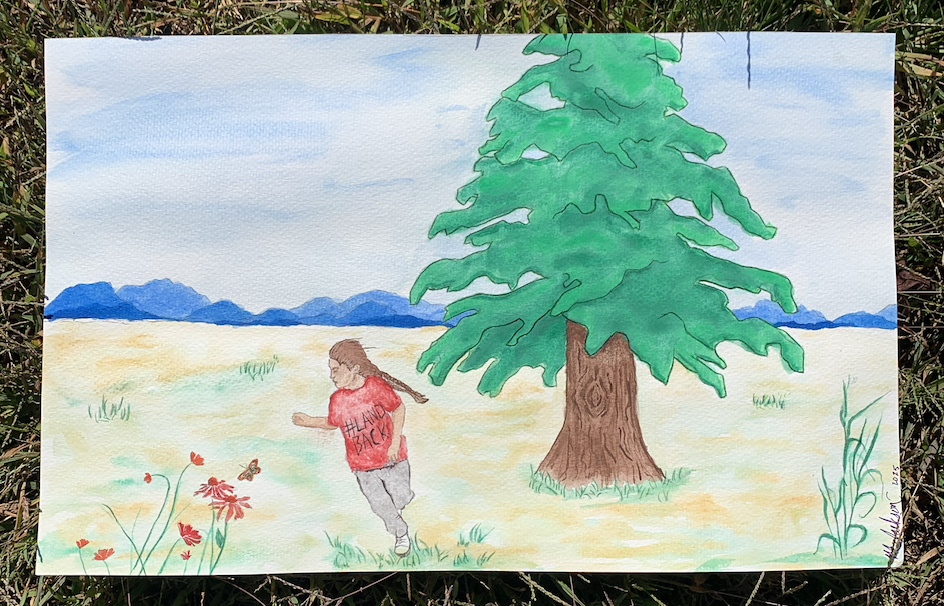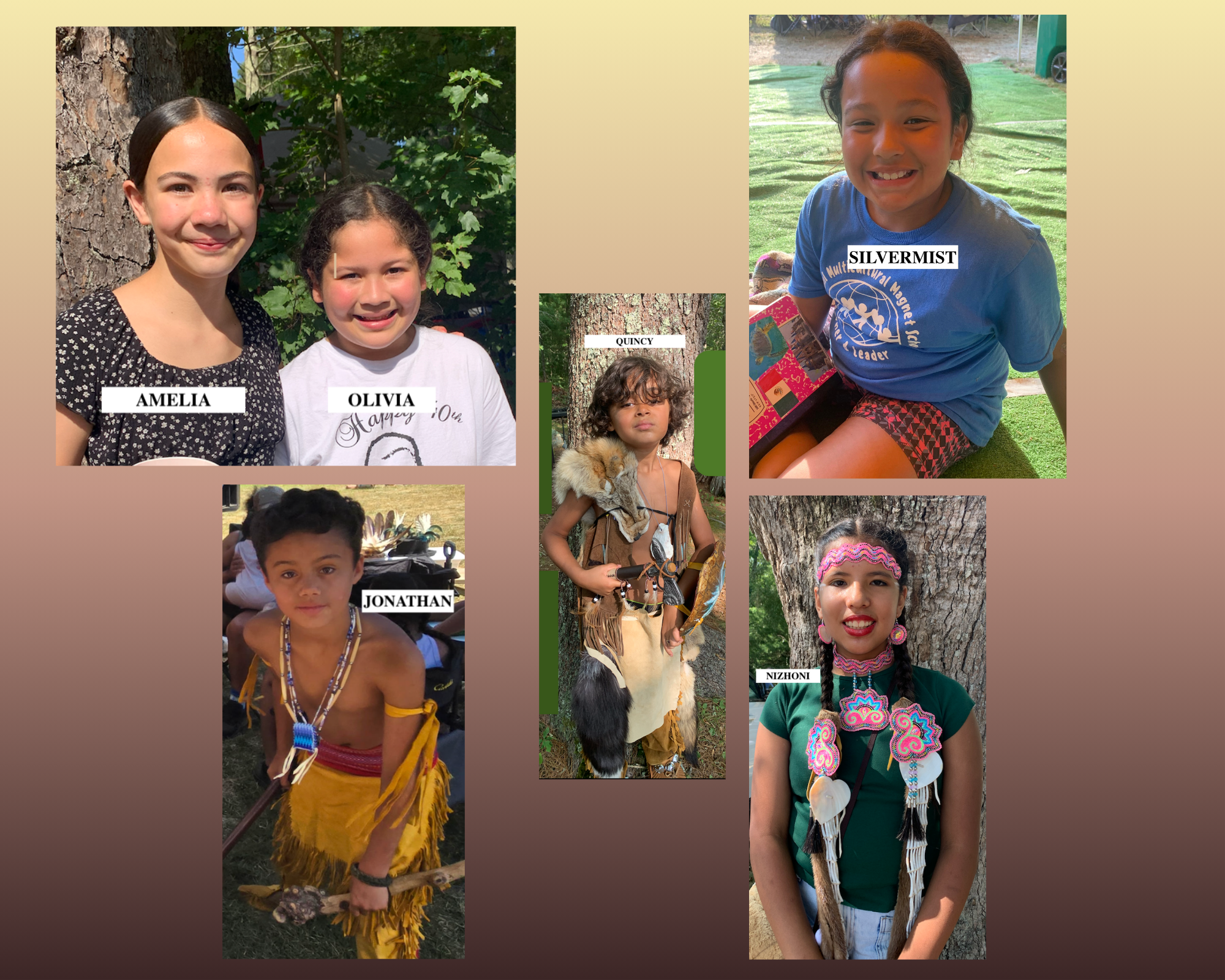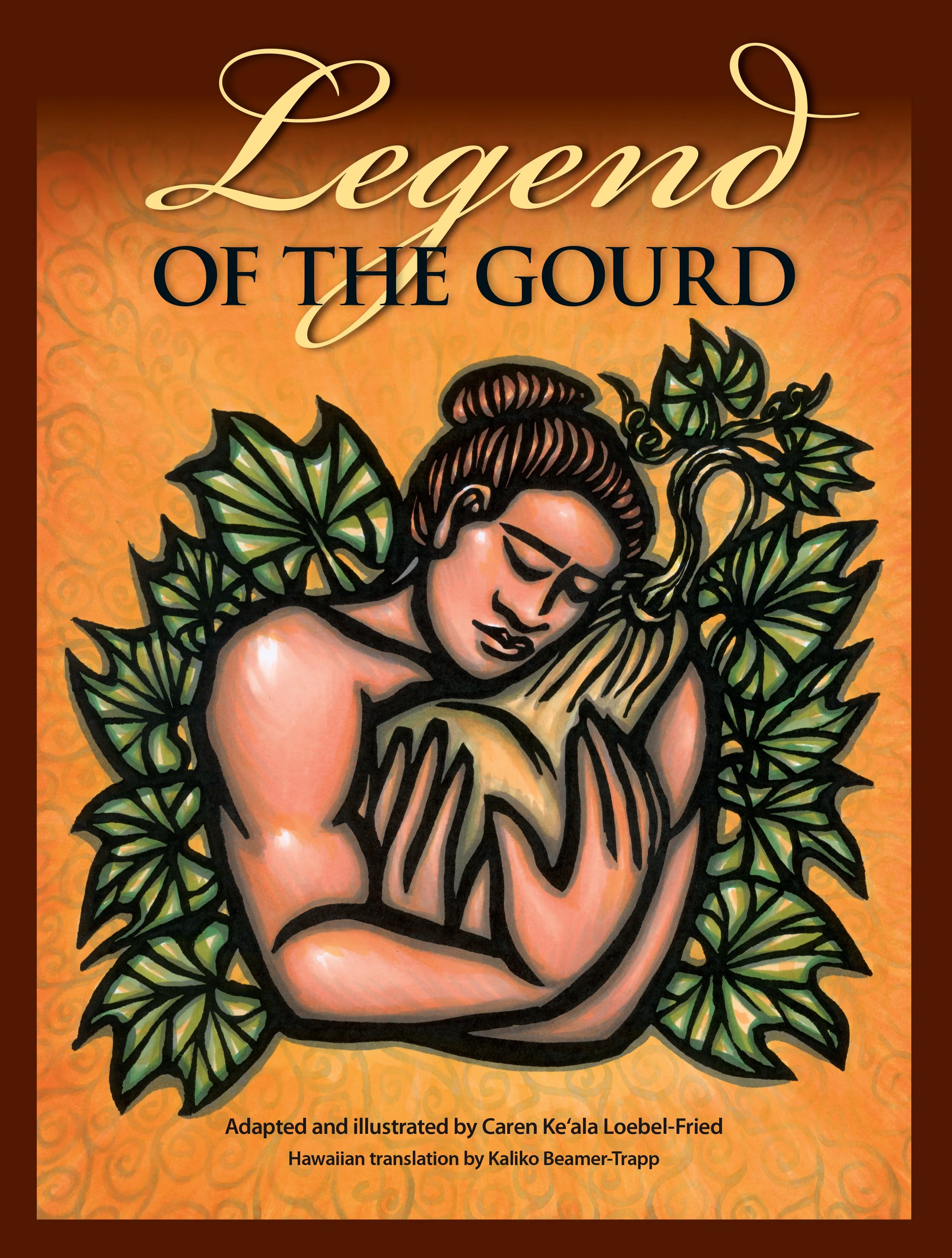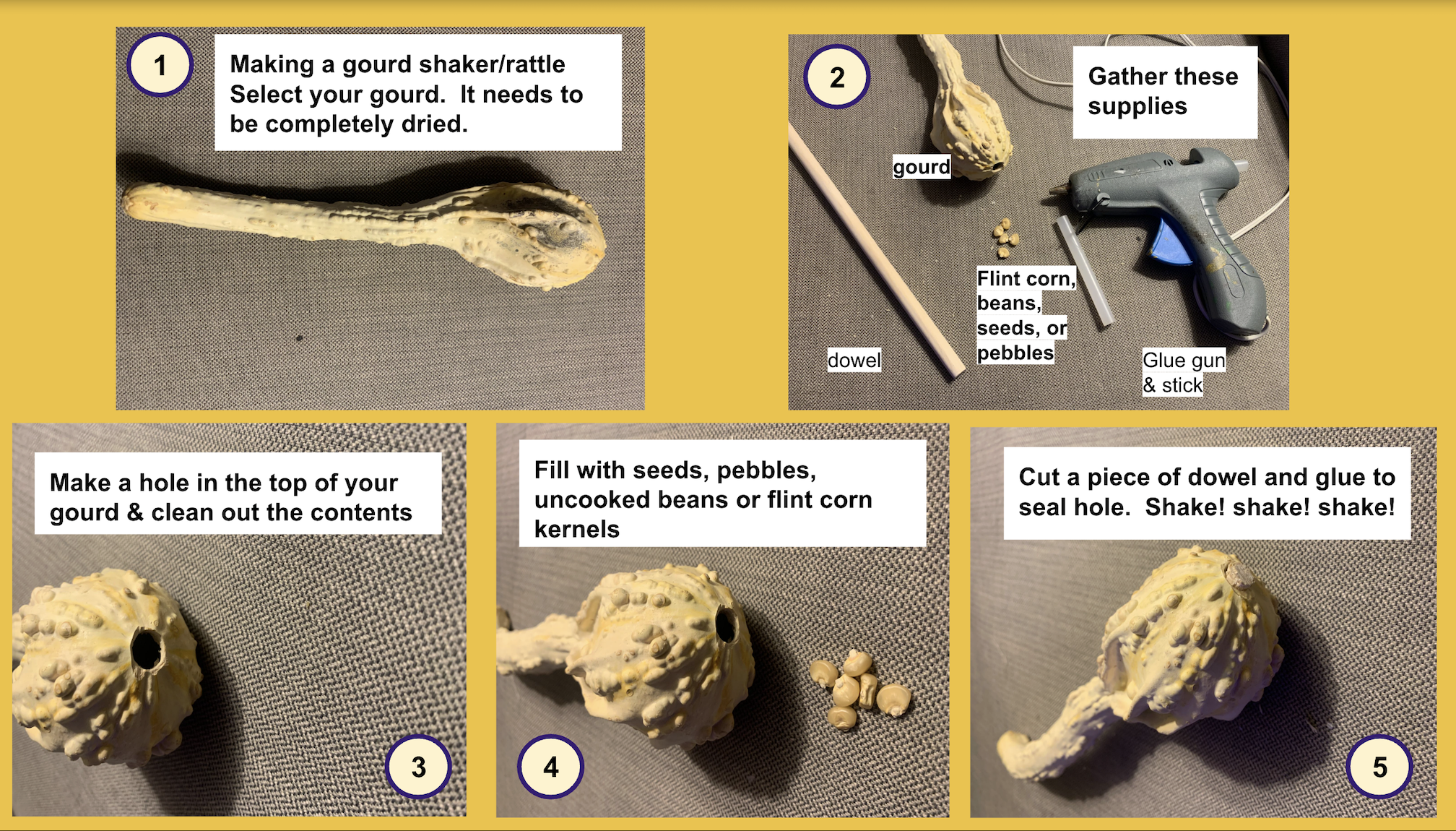THE RUNNER
Watercolor Art courtesy of Mikaela Jackson, Piute (2025)
Where History is Shared and Stories Continue
Oct. - Dec. 2025
“The Runner” acknowledges and honors traditional ways of sharing news.
Kunoopeam Netompaûog
Welcome Friends
Hello Readers!
As we enter the final quarter of the year, it’s hard to believe how quickly 2025 has gone by. Fall is a season of reaping and reflection, and it feels fitting to close our yearly theme of Preservation of History with a focus on education.
Education shapes how history is remembered—or forgotten. For Indigenous people, it has raised difficult questions: Have our stories been visible or invisible in classrooms? Do our voices appear in the curriculum in meaningful ways, or as one-time lessons to meet standards? What did learning look like for our ancestors before contact, and what does it look like today, from elementary school to higher education?
This issue highlights the voices of our community—youth, college students, and elders—who share their experiences with education. Their stories remind us that education is not just about lessons in a classroom, but about the ongoing preservation of history through lived experience and knowledge.
PRESERVING HISTORY THROUGH EDUCATION:
Education looks different when seen through the eyes of Native youth. These young people remind us that schools don’t always tell the full story, but learning continues in families, at powwows, and in community spaces. To better understand what education looks like from an Indigenous perspective, we asked young people a few guiding questions: As Native students what does education mean to you? How do you learn about your culture? Do you see Native history and stories in school? Why are our stories important?
We spoke with seven young people ranging in age from six to twelve and representing multiple tribal communities: Amelia Carter (12, Narragansett, Filipino, Irish); Olivia Carter (10, Narragansett, Filipino, Irish); Nizhoni Spears (12, Narragansett, Navajo, Ojibwe, Choctaw, Chickasaw); Silvermist Grace Northup (10, Narragansett and Mashantucket Pequot); Minikesu “Minnie” Spears (7, Narragansett and Paiute); Jonathan Spears (9, Narragansett and Creek); and Quincy Duke Mars Donovan (6, Narragansett). Their answers speak volumes.
Learning and Representation
For many of the children, school is a place where Native voices are often missing. Amelia remembers the first time she noticed:
“I was in second grade and my teacher said, like, Indian or something. I corrected her on that. And from then on, I realized how different things are told in school.”
Her younger sister Olivia also remembers feeling frustrated:
“Once when I was in second grade, they taught us wrong things about Native people. I didn’t say anything because I was kinda shy, but it made me kind of mad and a little disappointed.”
Jonathan Spears spoke directly about the absence of Native history in his classroom:
“We don’t have any lessons to teach about it… it makes me feel sad.”
Quincy Duke Mars Donovan, who proudly carries the traditional name Wepaw Tatanka (White Buffalo), echoed this reality when asked if he learned about his culture at school:
“No. Not at all. Not at all.”
Yet, when asked if his teachers should know about Native culture, Quincy didn’t hesitate:
“Yes. I think it’s important that they know.”
Learning Beyond the Classroom
Despite what’s missing at school, from kindergarten to middle school, all the youth spoke about learning in community, at powwows, with family, and from elders. Silvermist brings her culture into her classroom when her teachers do not:
“I brought in a piece of wampum because they didn’t even know what that was.”
Nizhoni Spears described trusting what she learns at home more than what’s in textbooks:
“When I’m learning in school, I feel like maybe, especially in history, I can’t trust all the things they are saying. But when I’m with my elders or even my parents, I feel like I can trust them a lot more.”
Jonathan found joy in the Indigenous summer camp he attended, where every activity was rooted in Native traditions:
“We got to make medicine bags, and we also got to make moccasins. After that, I didn’t wanna leave.”
For Quincy, pride comes from powwows:
“Powwow is fun. We dance Eastern war. Really, it looks like you’re fighting, but really not. It’s just fun.”
Why Stories Matter
For some, the importance of stories is about identity. Amelia spoke about wanting to be a teacher so she could tell them herself:
“You can’t change absolutely everything, but when you’re doing certain lessons or when you have time, you can teach certain things.”
Nizhoni put it simply:
“Every story counts. Everyone has their own perspective, their own feelings. That’s what makes us who we are. Our stories make us who we are.”
For Silvermist, traditions like dancing the sidestep or hearing stories like The Beaver and the Turtle keep culture alive.
Minikesu “Minnie” Spears reminded us that even foods and languages are stories :
“Squash, green beans, and corn. The three sisters. If you don’t know the three sisters, that means you won’t be big and strong.”
He added why remembering matters:
“So you can be smarter and tell people that. And keep it in your mind forever.”
He also reflected on the importance of keeping language. He is taught by his mother the Piute language, and his komas (grandmother) the Narragansett language.
“Because they're wanting to make me smarter. And keep the language going”
Across their stories, these youth spoke about representation—correcting teachers, noticing when Native history is missing, and proudly sharing their culture with classmates. They also spoke of family and community teaching—mothers, aunties, elders, and powwows filling in what schools leave out. Above all, they showed how stories and traditions connect generations, shaping pride in identity and responsibility to pass knowledge forward.
After hearing from our youngest voices, it’s important to listen to how those early silences carry into adulthood. One such voice is Nittaunis Anoquese Baker, a Narragansett Indian Tribal Nation Citizen and senior at the University of Rhode Island studying Marine Affairs.
For her, being an Indigenous learner has never been separate from identity. “Learning as an Indigenous person to me means to learn about your history, culture, and the complexities of living as an Indigenous person within this country,” she explains. She believes that the trauma endured by ancestors is carried forward in their descendants, and that true healing comes only when that trauma is acknowledged, spoken aloud, and faced together as a community. “We cannot allow the outside world to strip us of our pride and right to live within this land, the land that has held the bones of our people for thousands of years. The outside world tried to erase us, but we survived, and now we make an effort to thrive.”
Looking back on her education, Nittaunis remembers how absent Native history was from the classroom. Aside from the familiar Thanksgiving lesson or a biology teacher who briefly mentioned traditional ecological knowledge, there was silence. “We always start learning history at the point of the Revolutionary War,” she says, “because pushing back beyond that point would mean having to expose the savage and murderous behaviors of the very people they are trying to paint as heroes.” That erasure, she admits, still upsets her. It feels as though the history and hardships of her people weren’t considered important enough to mention at all in the years of U.S. and World History taught in schools.
College has offered her something different. “As a student in college I have had the privilege to have amazing professors who make an effort to include Indigenous history within whatever subject our class focuses on.” Still, she recognizes how rare that is and how much work remains.
Outside of school, Nittaunis turns to Indigenous-owned museums and her own community elders to learn the history that textbooks ignored. Oral teachings, she reminds us, are the way her people have always passed knowledge down—and it is up to the next generation to make sure that lifeblood is not lost.
She speaks with conviction about the need for Native people to tell their own stories. “We understand ourselves and our history better than anyone else. It is important for us to make ourselves and our history known.” For her, true strength is not about violence or domination, but about perseverance and kindness—about going through hardship and still choosing to be a caring person. She sees this resilience every day in her community: “Those are my people and I am proud to hold the blood of my ancestors, and you should be too.”
What she envisions for the future is simple but powerful: Indigenous history taught throughout all grades, not tucked away or ignored. She knows Native youth have a responsibility to carry this truth forward, and she speaks to them directly: hold onto your culture, learn from your elders, and don’t let others tell your story for you.
To continue this conversation, we turn to the words of Sararesa Hopkins, Staff Writer for The Runner, who interviewed Native Elders from across the country about their schooling experiences.
~Chrystal Mars Baker
SARARESA SHARES:
Reflections from Across Indian Country
There comes a time in many Native people’s lives when they realize that the American compulsory education system does not teach anything accurately about Native history.
“I was in high school flipping through my history book and found two pages of information about Native Americans, mostly focusing on Plains Indians and boarding schools,” said Dawn Walschinski, an Oneida Nation of Wisconsin citizen. Walschinski, 52, graduated from West DePere High School, located near the Oneida Nation reservation in northeast Wisconsin. “We never read those two history pages in our history class.” Walschinski recalled that her high school offered an English class where students drew Native stereotypes before reading a poem from a Southwest Native writer. “It was supposed to change our minds, I guess,” she said.
The experiences of Native students have long been diverse. Today, most Native children attend public schools, while some of their parents and grandparents attended Indian boarding schools.
For Bernice Austin Begay, 80, the absence of Native history was striking. “In high school, when I was taking American history, there was no mention of Native American subject matters,” she explained. “Then it continued in college.” Begay was forcibly removed from her Navajo/Diné family in Black Mesa, Arizona, at age nine and sent to Chilocco Indian Agricultural School in New Kirk, Oklahoma. She graduated from Chilocco in 1965, later married, and went on to earn both a bachelor’s and master’s degree from Northern Arizona University. For 46 years she taught at schools across northern Arizona and with the Bureau of Indian Affairs. At the end of her career, she became a pioneering Navajo language teacher at Page Unified School District, bordering the western section of the Navajo Nation.
Barbara W. Tinhorn, 71, a Hualapai elder and retired teacher, attended South High School in Salt Lake City, Utah. “When I was in junior high and high school, there was nothing really positive about Indians,” she said. Instead, much of her education centered on stories like General Custer’s “Last Stand” and the histories of other nationalities.
Diana King, a member of the Oneida Nation of Wisconsin, also recalls the lack of Native representation. “I do recall very little education about Indian people,” she said. “We were identified as Indians versus today’s term, ‘Native American.’” King is a graduate of Seymour Community High School in Seymour, Wisconsin.
Some Native people, however, had the opportunity to attend their own Nation’s schools, where cultural knowledge was integrated into education. Walschinski explained that her Nation organized a tribal school with Oneida language and culture classes. “We had an elective class that focused on Native American history, but I knew more than the teacher about the Iroquois Confederacy because I went to the Oneida Tribal School,” she said.
After graduating from West DePere High School in 1988, Walschinski witnessed change in Wisconsin’s curriculum. “Wisconsin has a law where Native history is taught in public schools in reaction to the spear fishing protests, but it was a little late for me,” she said.
In 1989, Wisconsin enacted Act 31, a law requiring schools to teach about the state’s 11 federally recognized Native Nations, including their history, culture, and tribal sovereignty. The law came partly in response to the Ojibwe treaty and spearfishing rights controversy, which began in 1974 and continued into the early 1990s.
~Sararesa Hopkins(Navajo Diné)
Across generations of Native students, the message is clear: there must be more education about Native culture and history—taught to both Native and non-Native students, and carried forward by both Native and non-Native educators. This is what preserving history through education truly means. It is all our voices being heard, all our stories being shared, and each of us contributing to the work of collective learning and collective teaching.
Together, these voices—from youth to elders, from classrooms to communities—echo a common truth that cannot be ignored.
BOOK NOOK:
It’s the time of falling leaves - harvest moon. Here is a book recommendation which honors history, tradition, and education.
Legend of the Gourd, Adapted and Illustrated by Caren Loebel-Fried, Hawaiian translation by Kaliko Beamer-Trapp, Bishop Museum Press, October 2010; https://www.carenloebelfried.com/
Caren is a second-generation carver who learned the ancient art of block printing from her mother, and Legend of the Gourd is fully illustrated with Caren’s vibrant hand-colored block prints. At Tomaquag, we prioritize recommending books written by Indigenous authors, both to honor first-person perspectives and to support Native voices. Occasionally, however, we might highlight a book by an author when it addresses a topic for which we have not found an Indigenous authored resource. Before selecting this book to share, I reached out to the author to learn about her process as it is rooted in the traditions of the Hawaiian people. She explained that she sought mentorship from esteemed cultural leader Nona Beamer, with whom she collaborated on early projects. She described working closely with Hawaiian community members and specialists, researching archival sources, and grounding her retellings in community guidance. She emphasized that her intention has always been to honor the traditional stories and strengthen children’s connection to nature. I believe this particular work contributes meaningfully to the conversation and offers readers an opportunity to engage with Hawaiian teachings of connection and responsibility to the natural world.
Cultural Information:
Early Hawaiian people were dependent on agriculture for their livelihood, and the Kamä‘oa Plain was a dry and challenging place to live. Many types of gourds were cultivated for different uses. In addition to being used as containers for food, as dishes, hula drums, and fishing gear or kapa, gourds were also used to collect and store water, a necessity on the Kama’oa Plain.
Many living on the Kama’oa Plain were from the same ‘ohana, family, and the gourd was considered an ancestor. A gourd would be placed by the head of a woman during a difficult birth so the ancestor could help with the delivery. Gourd fragments were never burned but instead buried, for gourds were believed to be the bones of an ancestor and burning the bones would be an insult. To keep others from stealing a prized gourd growing on the vine, it would be given an ancestor’s name.
The gourd, a symbol of abundance in Hawaiian culture, was one of the body forms of Lono the Provider, a nourishing god associated with rain clouds, plant growth, and the harvest. Like a womb, the gourd contained the seeds of life. And like the gourd vine of this legend, so did the chiefly lines of people grow and spread to populate the Kama’oa Plain in the days of ancient Hawai’i.
Book Summary:
Ipu, the Hawaiian prayer for the gourd (used when it was time for a male child to leave the mother and join the men for eating and other activities) in their telling of Legend of the Gourd.
Legend of the Gourd tells of a story of the old days of Hawai‘i, when a young man and woman fell in love. Though both were descended from chiefs, their relationship was looked down upon. And so, the young couple ran away together, accompanied by many who cared for them. They crossed the Kama‘oa Plain, along the flank of Mauna Loa, where they settled near the shore and thrived. The winds and rain of winter came and prepared the earth for new seeds, and the chiefess becomes pregnant, bringing joy to the community. But then tragedy struck, the chiefess died, and the new community was threatened. After the period of kapu, the grieving chief laid his wife’s body to rest in a burial cave. On the day she was due to give birth, a tiny vine sprouted from her piko. In this story, the reader follows in the footsteps of the chief as he makes his way from Kama‘oa to Kapu‘a, through seven ahupua’a, guided by this magical green vine. What he finds at the end of his journey solidifies the future of his people.
JUST FOR FUN:
Hey kiddos!
It’s Fall, the season for harvesting, drying, and storing for the winter ahead. You may notice many squash varieties growing in gardens. The pumpkin is one of the largest squashes grown by Native peoples of the past and still! We have some growing in our garden at Tomaquag Museum. We also have gourds! Did you know that gourds had many uses - bowl, cups, ladles/spoons, seed keepers, and even shakers (rattles)!
Check out this Cherokee Artist making beautiful gourd art.
https://youtu.be/vgVmD3h-V08?si=-JD4r2GK10CgH58G
Check out these links for more information about gourds.
Lessons on Gourds - Museum of the Southeast American Indian, UNC Pembroke
Follow these directions to make your own gourd shaker (rattle)
RESOURCES:
At Tomaquag we are continuously doing the work of educating new generations of children as well as the general public about the lives, traditions and life changes of the Indigenous peoples of Rhode Island and neighboring communities. Follow us on our website at tomaquagmuseum.org, Youtube and Facebook. Check out these resources!
For book reviews click here.
For Native American book recommendations click here.
Native American Authors and Illustrators click here
To purchase books and support an Indigenous business and authors, click here.
To support Tomaquag museum, other Indigenous businesses, and artists, shop our store here.
Did you miss previous Newsletters? Click the link below to read now:
Jan-Mar 2025 language, identity, law, actions
Apr-June 2025 Perspective and Declaration
July-Sept 2025 Cultural Expression
July-September 2024 Newsletter





